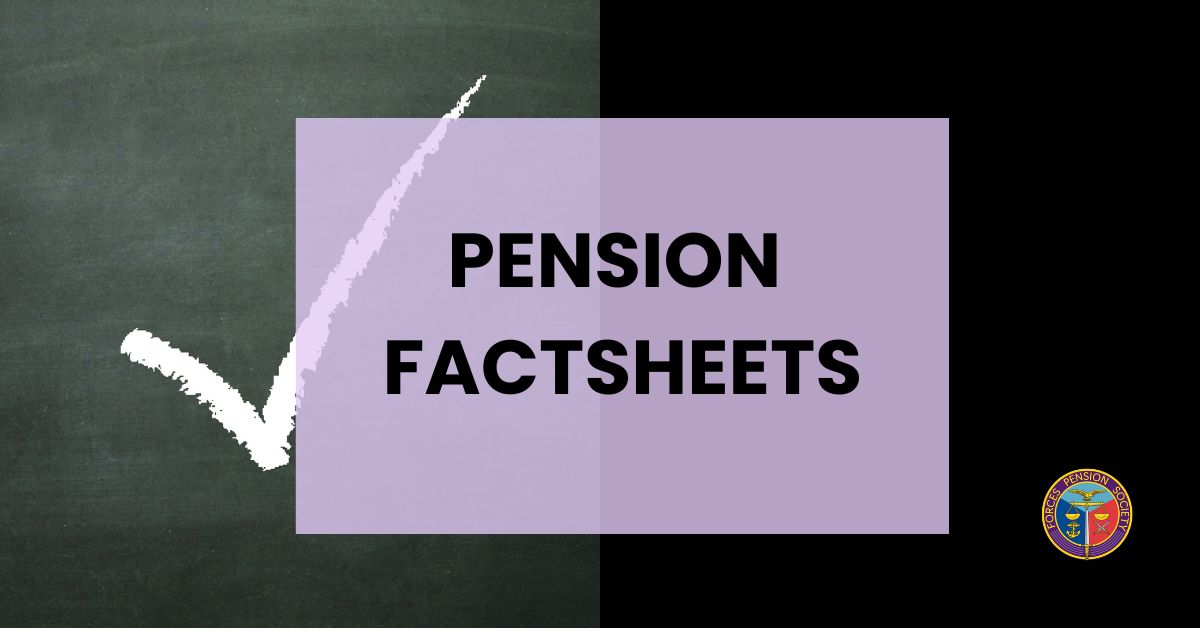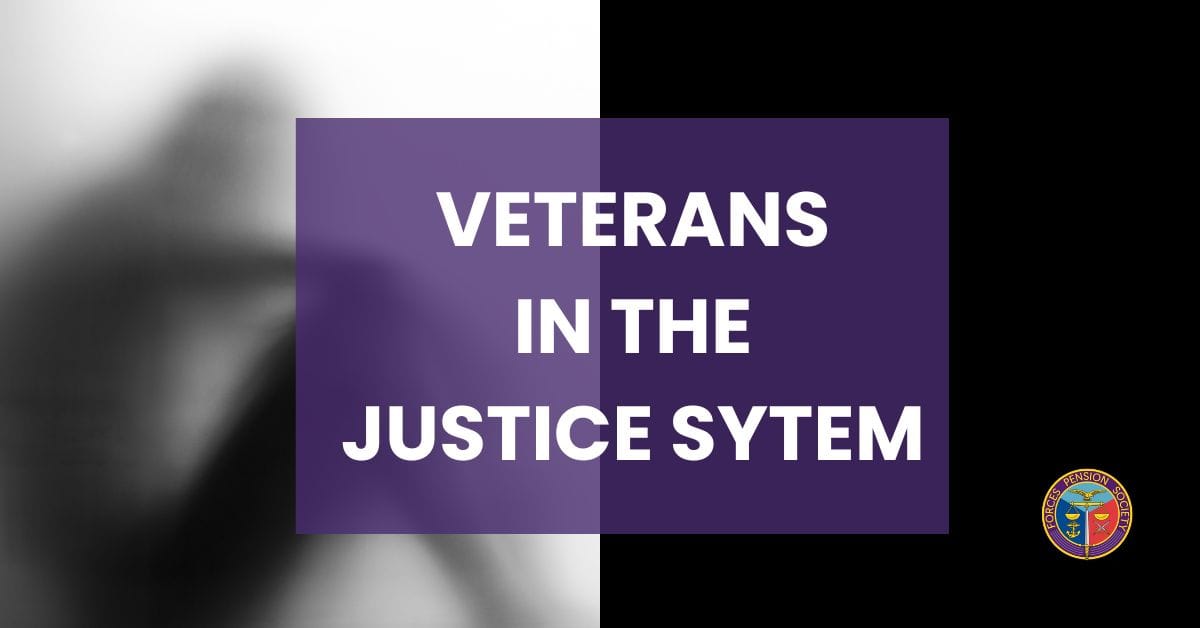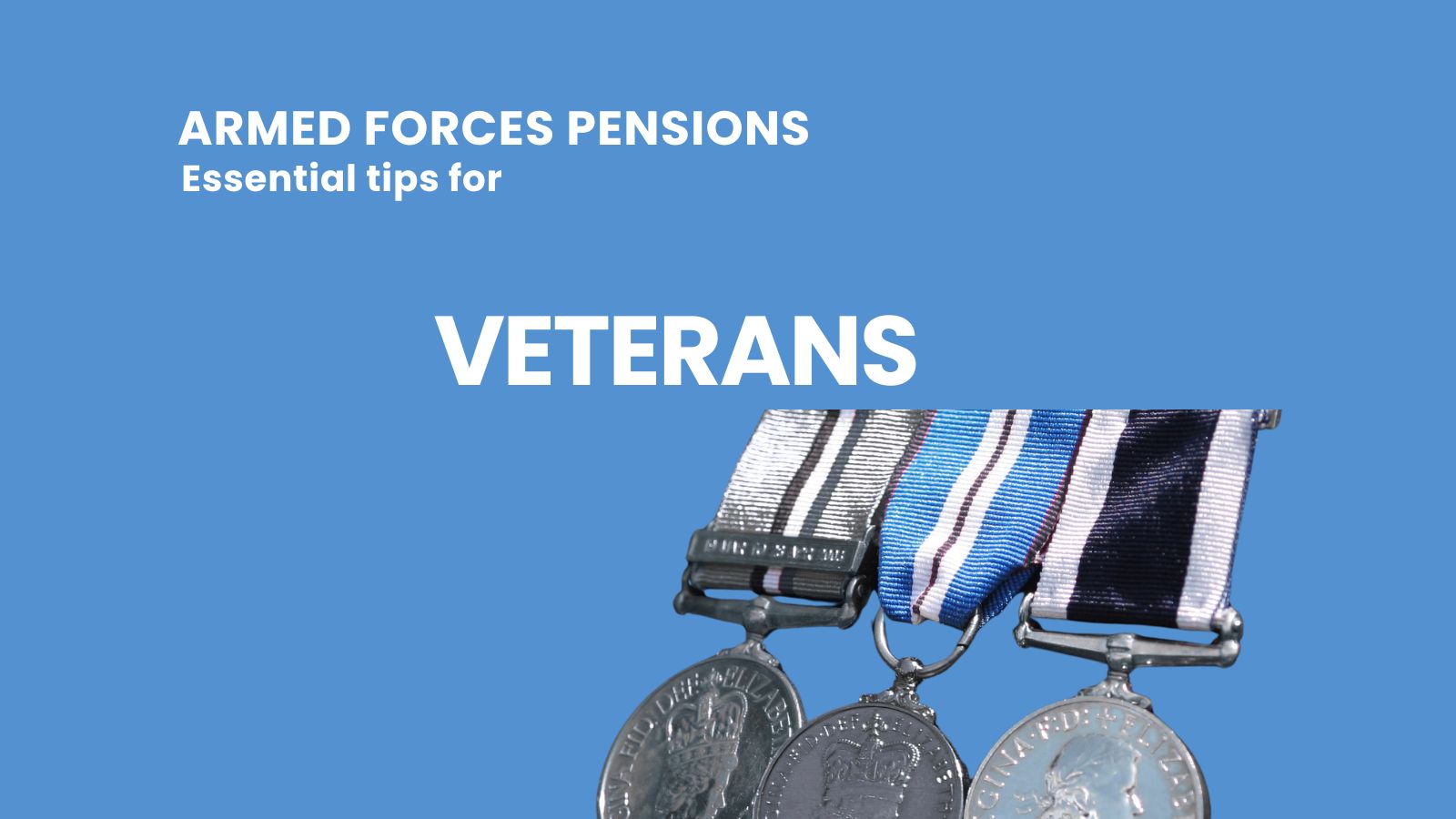
Where an individual has sustained a lasting injury because of their service, which has an ongoing impact on their lifetime earning potential, financial security is provided through a lifelong income known as a Guaranteed Income Payment (GIP). This is an element of the Armed Forces Compensation Scheme (not the War Pension Scheme) that provides a guaranteed minimum income which is tax-free and index linked.
Each injury/illness is classified into a tariff, from 1 to 15, with 15 being the lowest and 1 the highest. These tariffs are grouped into 4 Bands for GIP calculation purposes. The lowest tariffs (12 – 15) are not ‘banded’ and injuries/illnesses in these categories do not qualify for GIPs.
The calculation of a GIP uses age and salary on retirement from the Armed Forces, along with the ‘Band’ and a series of assumptions to determine the lifelong loss of earnings the individual is likely to face (both salary and pension) due to their service-caused injury/injuries. The GIP is paid after service ends because it compensates for reduced earning potential of the individual in post-service, civilian employment.
However, the amount of GIP actually paid also needs to take into account the individual’s Armed Forces pension and/or Early Departure Payment (EDP). In other words, it tops up the pension/EDP to the value of the GIP (ensuring the guaranteed minimum income), unless the pension/EDP in payment is more than the GIP, in which case the GIP is not paid.
GIP Adjustment when an Armed Forces Pension is Paid
If a member takes resettlement commutation, Veterans UK are required to use the pre-commutation pension value for GIP calculation purposes.
In cases where an individual is medically discharged and receives an ill-health pension (with or without EDP) for the same injury that the GIP is paid, then 100% of the pension/EDP value is considered when calculating the GIP. However, if a pension is being paid for an unrelated reason, then 75% of the pension/EDP amount is considered in the GIP calculation. This acknowledges the different tax status of these pensions i.e. attributable ill-health pensions are paid tax-free and all other Armed Forces pensions/EDP incomes are taxable. This is best explained using some examples:
Example 1: Medically discharged for the same reason the GIP is awarded:
GIP Award: £11,820 pa
Ill-Health Pension: £3,619 pa
Because the ill-health pension is for the same reason the GIP has been awarded, 100% of that pension is accounted for when calculating how much GIP is actually paid.
GIP minus pension: £11,820 – £3,619 = £8,201
Amount of GIP paid: £8,201 tax-free
Pension paid: £3,619 tax-free if attributable or taxed if non-attributable
Example 2: Discharge unrelated to the GIP
GIP Award: £11,820
Pension: £3,619Because the pension is unrelated to the GIP, 75% of the pension is used when calculating the amount of GIP to be paid. This uplifts the amount of GIP payment.75% of £3,619 = £2,714.25GIP minus accountable pension: £11,820 – £2,714.25 = £9,105.75
Amount of GIP paid: £9,105.75 tax-free
Pension paid: £3,619 taxable
Combined income: £12,724.75
Example 3: Pension higher than the GIP
GIP Award: £11,820
Pension: £26,425
Because the pension is higher than the GIP, the full pension is paid and not enhanced by any GIP.
Combined income: £11,820
GIPs can be a very beneficial part of a compensation package to provide a guaranteed minimum income to veterans who have sustained lasting injury during their service.




